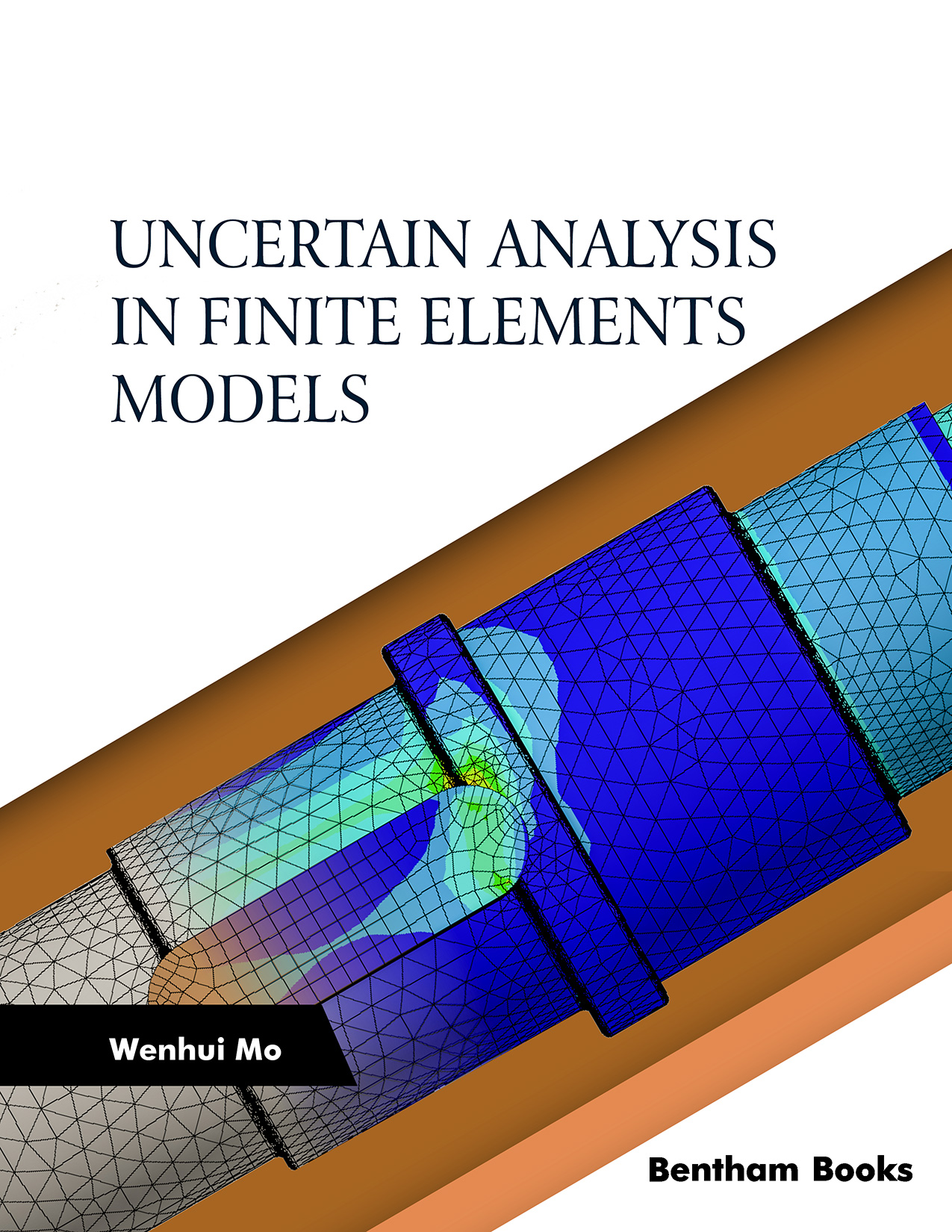Preface
There are three kinds of uncertainties in engineering problems. One is randomness,
the second is fuzziness, and the third is non probability. Sometimes, the impact of
uncertainty on engineering problems can not be ignored. Uncertainty has a great
impact on buildings, dams, nuclear power plants, bridges, aircraft, machinery,
vehicles, warship, etc. The material properties, geometry parameters and loads of
the structure are assumed to be random, fuzzy and non probabilistic.
In the first chapter, nonlinear stochastic finite elements for general nonlinear
problems and elastoplastic problems are discussed, and three methods are proposed.
In Chapter 2, the calculation formula of stochastic finite element is given by using
the third-order Taylor expansion and a simple calculation method is addressed. The
stress-strength interference model, Monte Carlo simulation, a new iterative method
(NIM) of reliability calculation for the linear static problem and linear vibration are
proposed. Reliability calculation methods using the homotopy perturbation method
(MIHPD) and second order reliability method for the nonlinear static problem and
nonlinear vibration are proposed. In Chapter 3, the structural fuzzy reliability
calculation of static problem, linear vibration, nonlinear problem and nonlinear
vibration is studied by using the stochastic finite element method. The normal
membership function is selected as the membership function, and the calculation
formula of fuzzy reliability is presented. In Chapter 4, Taylor expansion, Neumann
expansion, Sherman Morrison Woodbury expansion and a new iterative method
(NIM) for interval finite element calculation of static problems are proposed. In
Chapter 5, Perturbation technology, Taylor expansion, Neumann expansion,
Sherman Morrison Woodbury expansion and a new iterative method (NIM) for
interval finite element calculation of structural linear vibration are addressed.
Chapter 6 proposes five calculation methods of nonlinear interval finite element for
general nonlinear problems and elastoplastic problems. In the seventh chapter, five
methods of interval finite element calculation methods for nonlinear structures are
presented. In the eighth chapter, two improved methods of random field are
proposed. The midpoint method, local average method, interpolation method and
improved interpolation method of interval field and fuzzy field are proposed. The
calculation method of mixed field is introduced. In the last chapter, calculation
methods of random interval finite element, random fuzzy finite element and random
fuzzy and interval finite element are proposed by using Taylor expansion and
Neumann expansion.
CONSENT FOR PUBLICATION
Not applicable.
CONFLICT OF INTEREST
The authors declare no conflict of interest, financial or otherwise.
ACKNOWLEDGEMENT
Declared none.
Wenhui Mo
School of Mechanical Engineering
Hubei University of Automotive Technology
China

